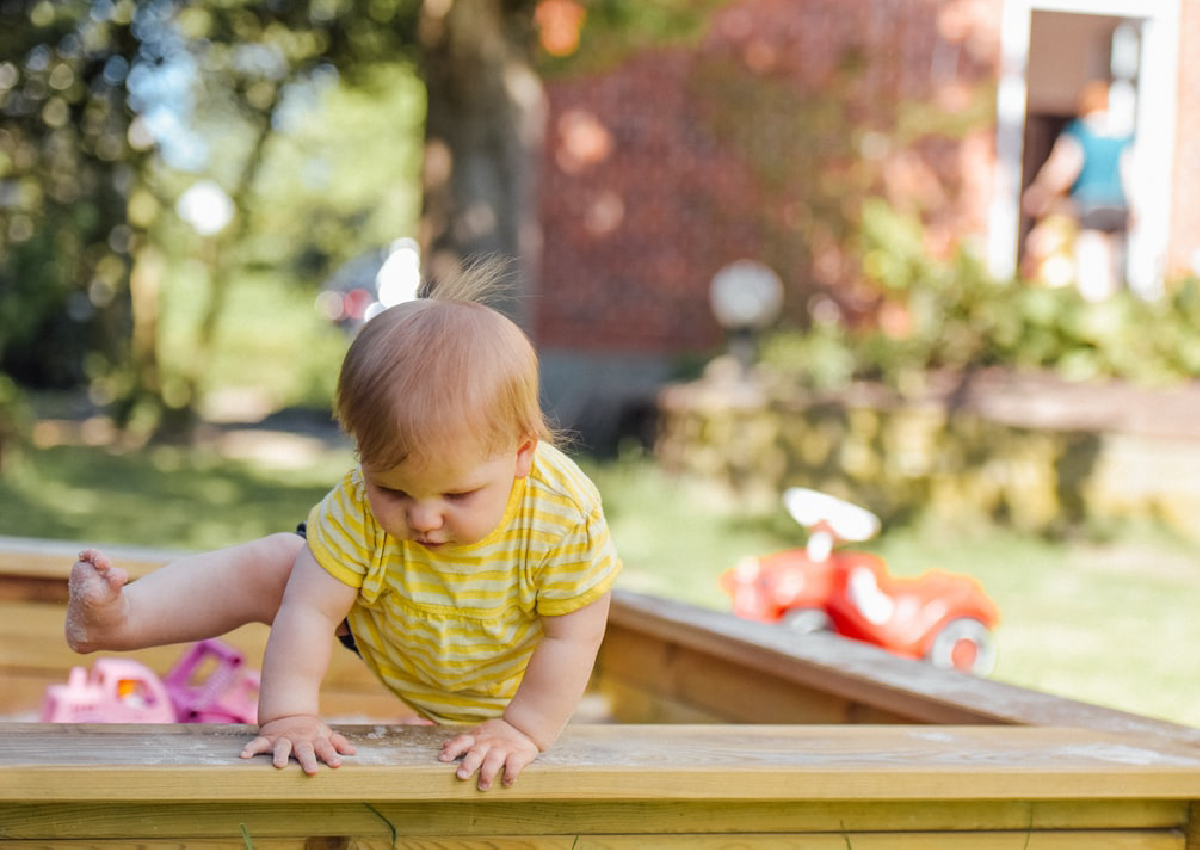Baby-proof your home: All you need to make your place safe for the little one

Have a baby on the way? Congrats! We don't want to freak you out but it is essential to make some changes in the house for safety reasons. Although you do not have to do everything at once before the baby arrives, it might be worth planning a little ahead of the baby's due date. Here's all you need to baby-proof your home to make it safe for the little one.
1. EXAMINE YOUR HOUSE FROM A BABY'S EYES
Imagine yourself as your baby who is fascinated by every little thing he sees around the house. Get down on the floor and examine your home from your child's eyes: anything that looks interesting from the baby's perspective? Are there electrical outlets within easy reach? What about electrical cords he could have fun pulling away? Or is there a fragile item lying on a low shelf? It is an important first step in baby-proofing, to see what your little one sees. This will help you know what to buy, install, repair or keep out of reach to protect your kid.
While every home will have its specific needs, here's the basic baby-proofing checklist, broken into different development stages from a baby: from newborn, infant to toddler.
A. FOR THE NEWBORN WHO SPENDS A LOT OF TIME IN BED

So you are excited that your adorable newborn is finally home. While you can't wait to show the little one the cute baby room you have spent so much effort preparing, do take note of the following:
B. FOR THE CURIOUS INFANT WHO IS LEARNING TO ROLL OVER, SIT UP AND CRAWL

After 3 months, your baby will start to learn to reach out to the world around him/her. This is the time your baby begins to master the use of limbs, learning to roll over from front to back or back to front. Soon, the little one will start to reach out for objects and as his/her body develops, the baby will be able to sit up with support. Before you know it, your baby would have figured out how to move forward or backwards by crawling! Therefore, you will need to:
C. FOR THE WALKING BABY AND YOUNG TODDLER

At around 1 year old, your baby will likely be taking their first steps. Of course, the exact time varies greatly from baby to baby. Before they officially walk around the house steadily, you will find him/her moving around on their feet while holding onto the furniture. This is when you need to watch out carefully for your baby's safety, as the little one's movements may be swifter than you think!
[[nid:459044]]
2. GETTING EASY-TO-INSTALL BABY-PROOFING DEVICES

We've mentioned a number of baby-proofing supplies in the above section, such as corner guards, plug covers and cabinet locks. These child-friendly devices need not come at hefty prices. You should also opt for the types that are easy to install so you don't need to sweat too much over baby-proofing your home.
3. ADJUST YOUR PLAN AS YOUR CHILD GROWS

As your child grows up, the process of making your home safe continues. In time, baby-proofing will become child-proofing. You will need to adjust your strategies at home to prepare a safe and conducive place for a taller and more curious child to live in. Don't worry incessantly for now though. Take one step at a time and enjoy each milestone!
This article was first published in Shopback.